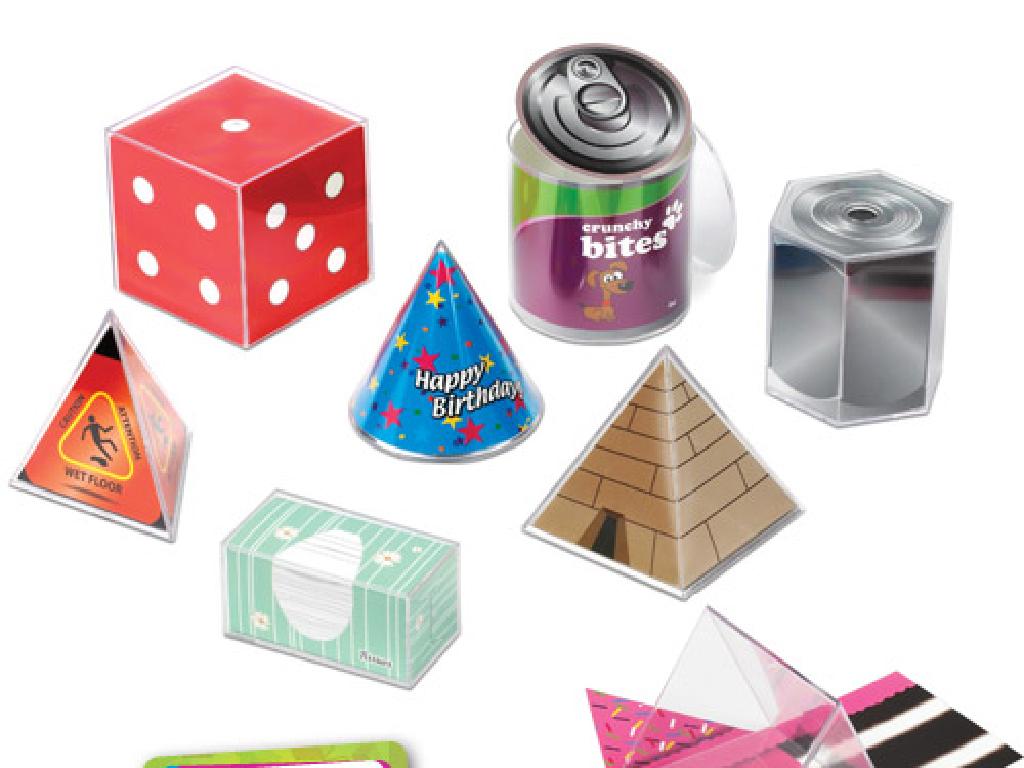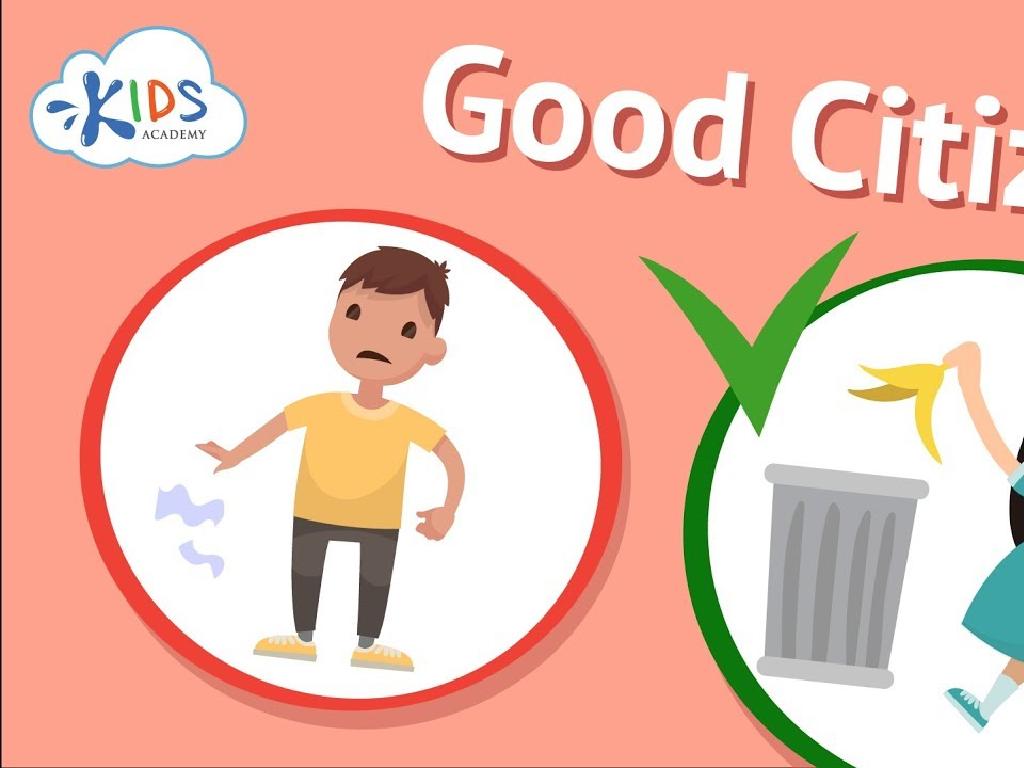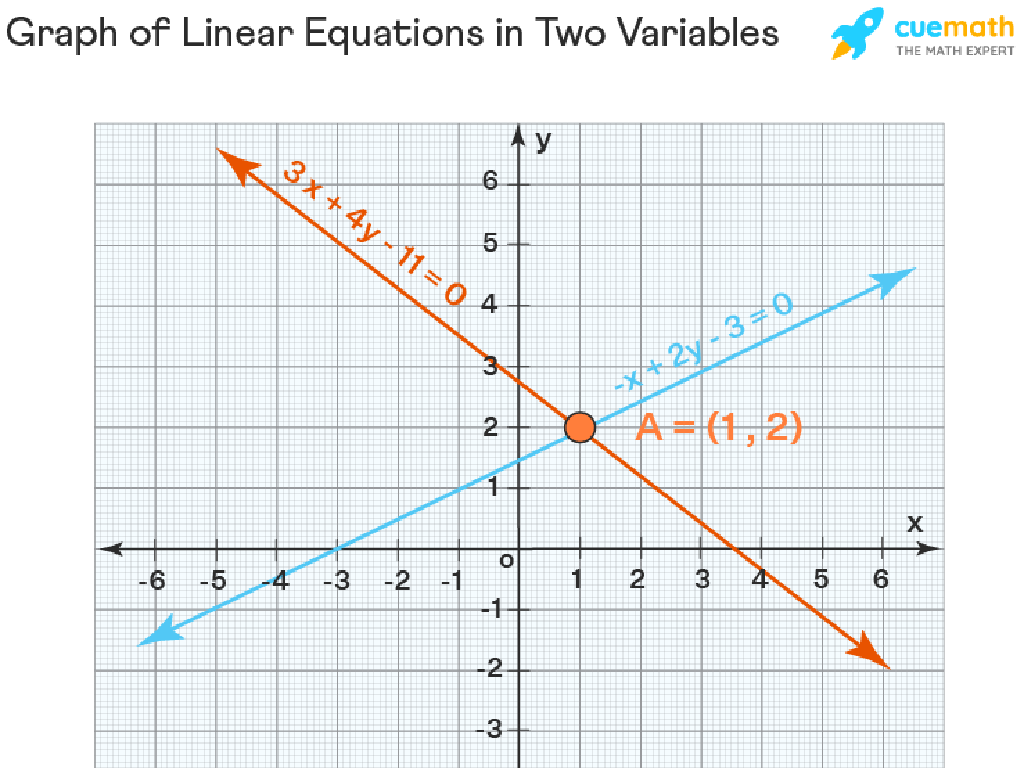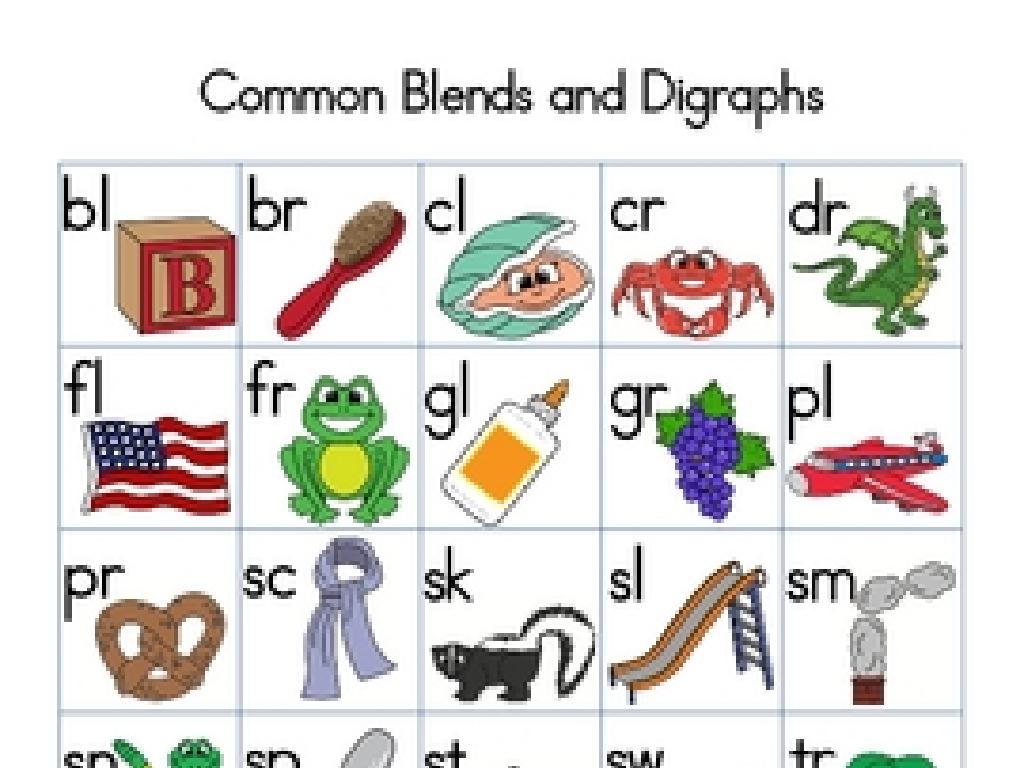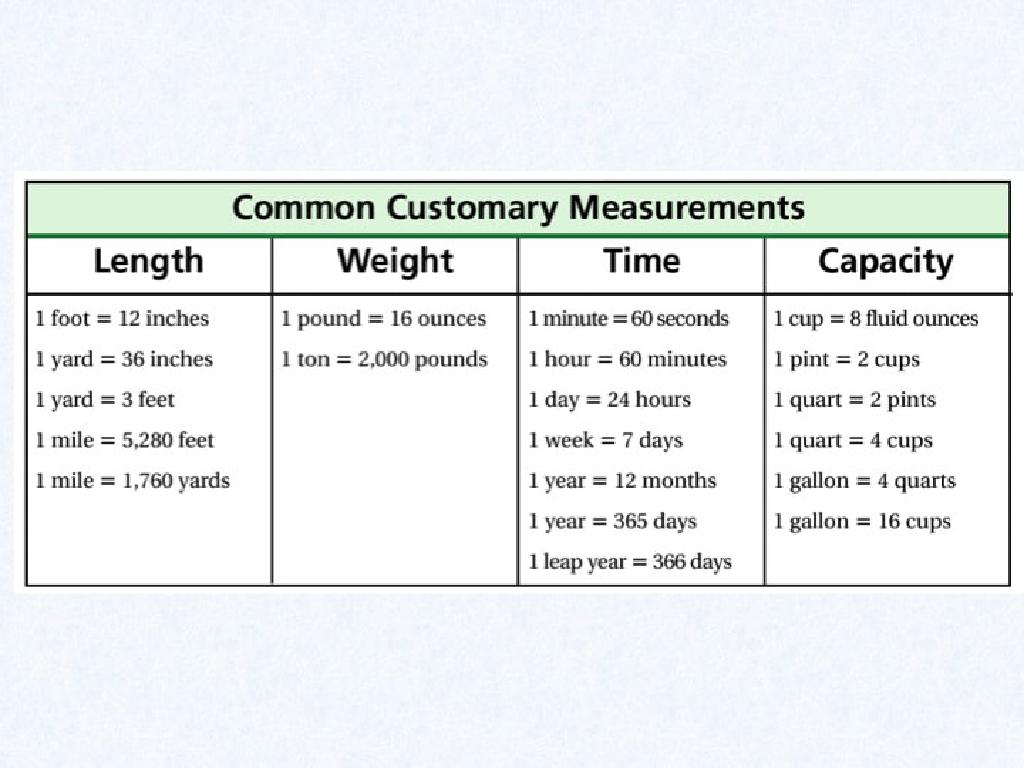World War Ii: Lead-Up To War In Europe, Asia
Subject: Social studies
Grade: Fourth grade
Topic: 20Th Century American History
Please LOG IN to download the presentation. Access is available to registered users only.
View More Content
Exploring WWII: A Global Turning Point
– Snapshot of the world pre-WWII
– Countries were recovering from WWI and the Great Depression.
– Key events leading to WWII
– Aggression by Germany and Japan led to global conflict.
– WWII’s impact on America
– The war changed America’s role in the world and led to new alliances.
– Why learning about WWII matters
|
This slide introduces students to the complex global situation before WWII and the events that led to the war. It’s important to provide a simplified overview of the pre-war world, focusing on the aftermath of WWI and the Great Depression. Highlight the aggressive actions of Germany and Japan as key factors leading to WWII. Discuss how the war affected America, including its emergence as a world leader and the formation of new international alliances. Emphasize the significance of studying WWII to understand its profound impact on American society and the world, shaping the modern era. Encourage students to think about how history can influence the present and future.
What Led to World War II?
– Treaty of Versailles impact
– Harsh terms on Germany led to unrest
– Dictators’ rise to power
– Hitler in Germany, Mussolini in Italy, and Japan’s military leaders gained control
– Global Great Depression
– Economic struggles affected many countries
– Tensions lead to conflict
|
This slide aims to explain the complex events that led to the outbreak of World War II in a way that’s understandable for fourth graders. Begin with the Treaty of Versailles, which ended World War I but caused economic and political instability in Germany. Discuss how this and other factors created an environment where dictators like Hitler and Mussolini could rise to power. Highlight how the global Great Depression worsened economic conditions, increasing tensions. Use simple language and analogies to help students grasp the causes of the war. Encourage questions to ensure understanding and consider using a map to show where these leaders were from.
Europe on the Brink of War
– Germany begins to expand
– Germany moved into the Rhineland and joined with Austria.
– The Munich Agreement
– Leaders tried to keep peace by allowing Germany to take part of Czechoslovakia.
– Czechoslovakia’s takeover
– Despite the agreement, Germany took over all of Czechoslovakia.
– Alliances form: Axis & Allies
– Countries formed groups for protection: Germany, Italy, Japan (Axis) vs. Britain, France, others (Allies).
|
This slide introduces the complex events leading up to WWII in Europe and Asia. It’s crucial to explain these in a simplified manner suitable for fourth graders. Start with Germany’s aggressive moves to expand its territory, which violated previous peace agreements. Discuss the Munich Agreement as an attempt by European leaders to appease Hitler and avoid war, which ultimately failed. Highlight the significance of alliances formed during this time, which led to the division of major world powers into two opposing groups. Use maps to show the areas involved and provide a visual aid to help students understand the changes in Europe. Encourage students to think about how these events might have felt for the people living in Europe at the time.
Asia’s Path to War: Japan’s Expansion
– Japan invades Manchuria
– In 1931, Japan took over Manchuria for resources.
– The Second Sino-Japanese War
– A brutal conflict between Japan and China starting in 1937.
– Imperialism’s role in Asia
– European countries controlled parts of Asia, leading to tensions.
– Effects on World War II
|
This slide aims to explain the events in Asia that contributed to the outbreak of World War II. Japan’s invasion of Manchuria in 1931 marked the beginning of its military expansion in Asia, driven by the need for natural resources. The Second Sino-Japanese War began in 1937 and was characterized by severe brutality, including the infamous Nanking Massacre. Imperialism played a significant role in creating the conditions for war, as European powers had established colonies in Asia, which led to political and social unrest. Understanding these events helps students grasp the global nature of World War II and its impact on different parts of the world. Discuss with students how these actions by Japan led to further conflicts and eventually contributed to the broader conflict of World War II.
America’s Perspective on WWII
– Isolationism in early conflict
– America wanted to stay out of European and Asian conflicts initially.
– Shift in American views
– Events overseas and talks by leaders made Americans think about helping allies.
– Media’s influence on opinions
– Newspapers and radio broadcasts informed people about the war, influencing thoughts.
– Understanding America’s role
|
This slide aims to explain how America’s perspective on World War II evolved from isolationism to active involvement. Initially, the United States wanted to remain neutral and avoid the conflicts in Europe and Asia. However, as the war progressed, American views shifted due to various factors, including the influence of media. Newspapers and radio played a significant role in shaping public opinion by bringing news of the war into American homes. It’s important to discuss with students how these factors contributed to America’s eventual decision to join the war. Encourage them to think about how media influences their own views on current events.
Connecting Past and Present: WWII’s Lessons
– WWII’s impact on today’s world
– How events from the 1930s-40s shape our lives now
– Learning from historical events
– The value of countries working together
– Examples: United Nations and treaties
– Striving for global peace
– Discuss how peace efforts prevent conflicts
|
This slide aims to help students understand the relevance of World War II in the context of current global dynamics. It’s crucial to convey that the events leading up to the war have had lasting effects, influencing how nations interact and the formation of international bodies like the United Nations. Emphasize the importance of learning from the past to avoid repeating mistakes, highlighting how international cooperation can lead to a more peaceful world. Encourage students to think about how these lessons apply to their lives and the world they live in. Activities can include discussing how teamwork in their own lives can help resolve conflicts and drawing parallels to how countries work together to solve global issues.
Class Activity: Peace Treaty Simulation
– Become peace negotiators
– Split into country groups
– Draft a peace treaty
– Consider what terms might have stopped the war from starting
– Aim to prevent WWII
|
This interactive class activity is designed to help students understand the complexities of international relations and the challenges of peace negotiations that could have potentially prevented World War II. Divide the class into small groups, assigning each the role of a different country involved in the lead-up to the war. Provide a brief background on each country’s position and interests during the 1930s. Encourage students to think critically about the causes of the war and to negotiate terms that address those issues. Possible activities for different groups could include drafting a treaty, role-playing negotiation sessions, or creating a presentation of their proposed treaty. The goal is to foster a deeper understanding of the historical context and the importance of diplomacy.

